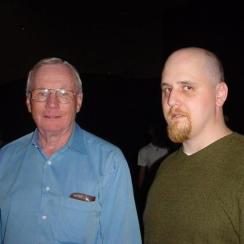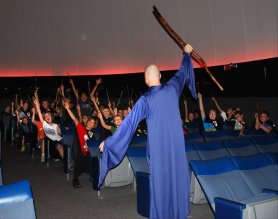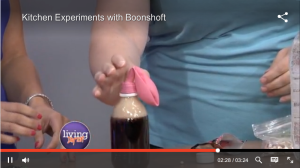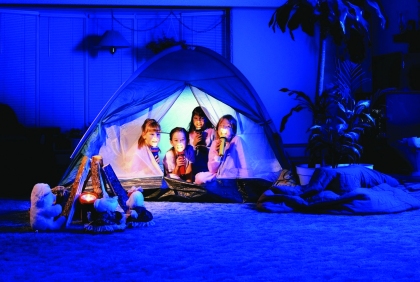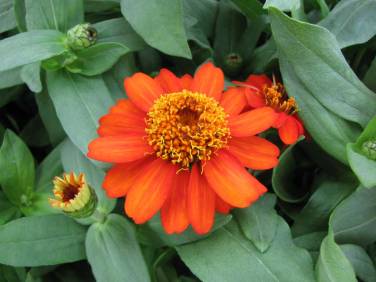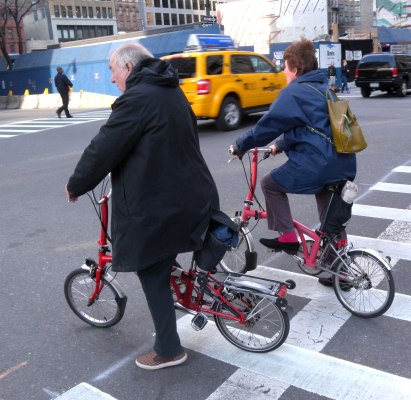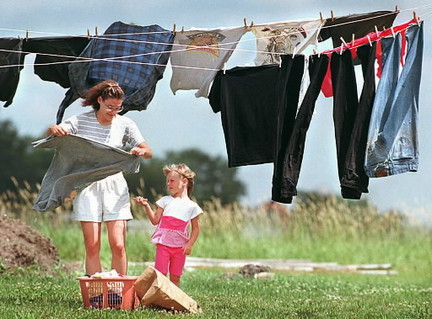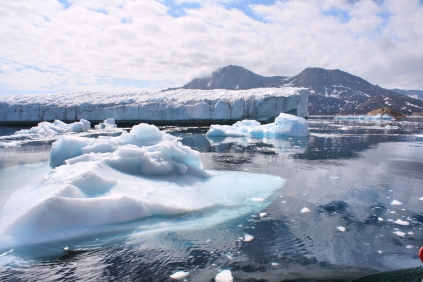By STEPHANIE HYLINSKI
One of the hardest parts of being a zookeeper is saying goodbye to the animals in your care. The Live Animals Department at the Boonshoft Museum of Discovery was saddened by the unexpected death of our groundhog, Rosie, in October of 2016. Rosie died due to complications from old age, as she was at least six years old. Groundhogs typically live 6-8 years under human care.
Rosie came to the Boonshoft Museum from the Wildlife Center of Minnesota in November of 2011. She had been found in the road running in circles and was taken to the Wildlife Center for rehabilitation. Rosie was not able to be released into the wild because of a head injury, so the Boonshoft Museum became her permanent home. Rosie was a wonderful ambassador for her species and an excellent weather forecaster. She predicted the weather at Groundhog Day for five years, and she was almost never wrong!
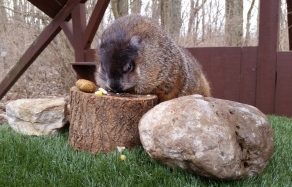
Rosie the Groundhog
After the passing of Rosie, we realized that we would need to find a replacement very soon, as Groundhog Day was only a few months away. Rosie, and groundhogs in general, can be very lazy in a zoo setting, especially during the wintertime when they normally hibernate. Because we only have so much space in the Discovery Zoo, the Live Animals Department staff decided that another animal would better engage and educate our visitors. Instead of doing Groundhog Day in 2017, we were going to do Hedgehog Day! A hedgehog would not need as much space as a groundhog, and a hedgehog could also be an ambassador animal. Our ambassador animals travel to schools, senior centers, and other places around the community to educate people about animals, and give them a chance to meet the animals up close.

Quilliam the Hedgehog
Now you may be thinking, “Hedgehog Day? Are you guys crazy?” Maybe! But Hedgehog Day has actually been around longer than Groundhog Day! Hedgehog Day began in the Roman Empire when folks considered the weather on Candlemas to predict future weather. Candlemas is a Christian holiday on February 2, and the saying goes:
“If Candlemas Day is clear and bright,
Winter will have another bite.
If Candlemas Day brings cloud and rain
Winter is gone and will not come again.”
Legend has it that the Romans believed that conditions during the first days of February were good predictors of future weather, and they looked to hedgehogs for their forecasts. These two traditions melded in Germany and were brought over to the United States by German immigrants who settled in Pennsylvania. Lacking hedgehogs, the German settlers substituted with native groundhogs, and Groundhog Day was born. Unlike modern Groundhog Day, the Romans watched to see if the hedgehog saw its shadow at night. This makes sense since hedgehogs are nocturnal!
We’re very excited for visitors to meet our four-toed hedgehog, Quilliam, on Groundhog Hedgehog Day! Come to the Boonshoft Museum of Discovery at 10:00 a.m. on Thursday, February 2, to see if Quilliam predicts an early spring!

